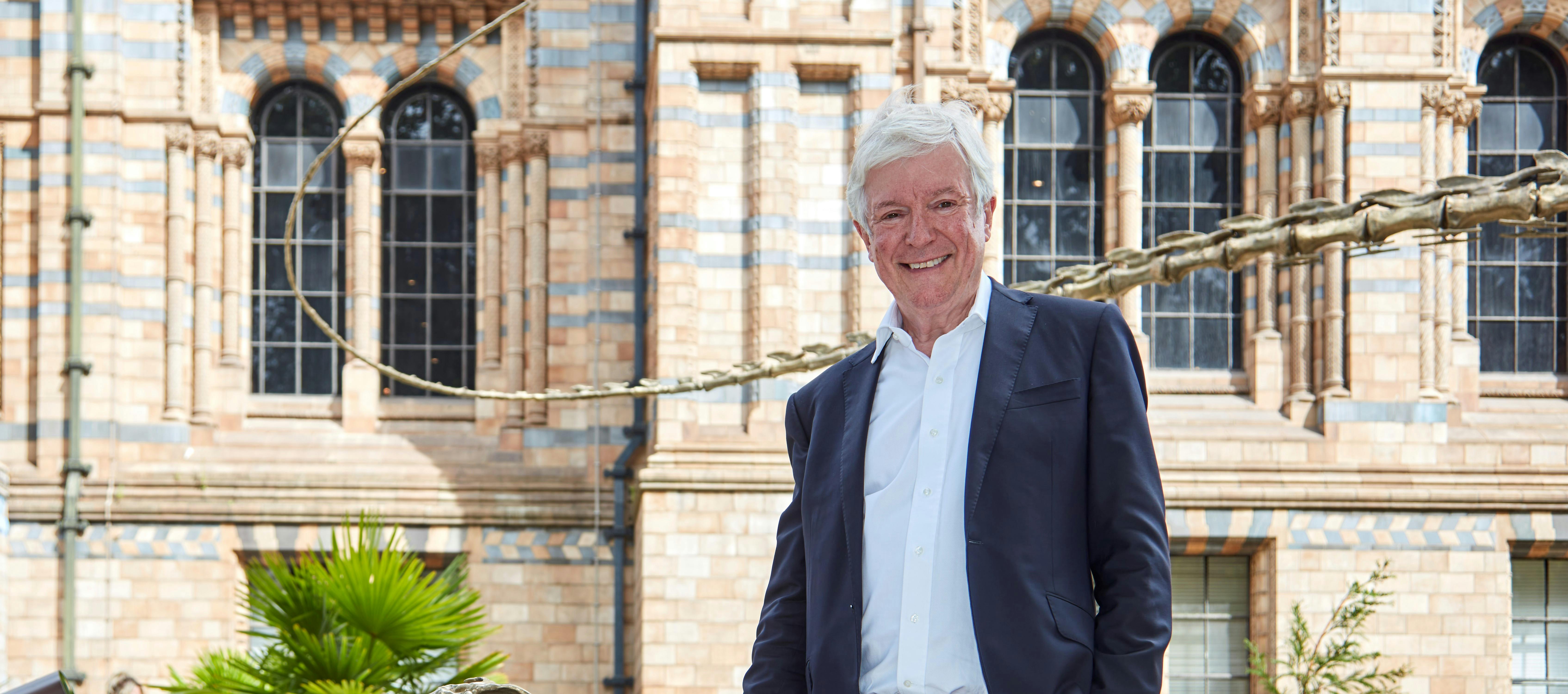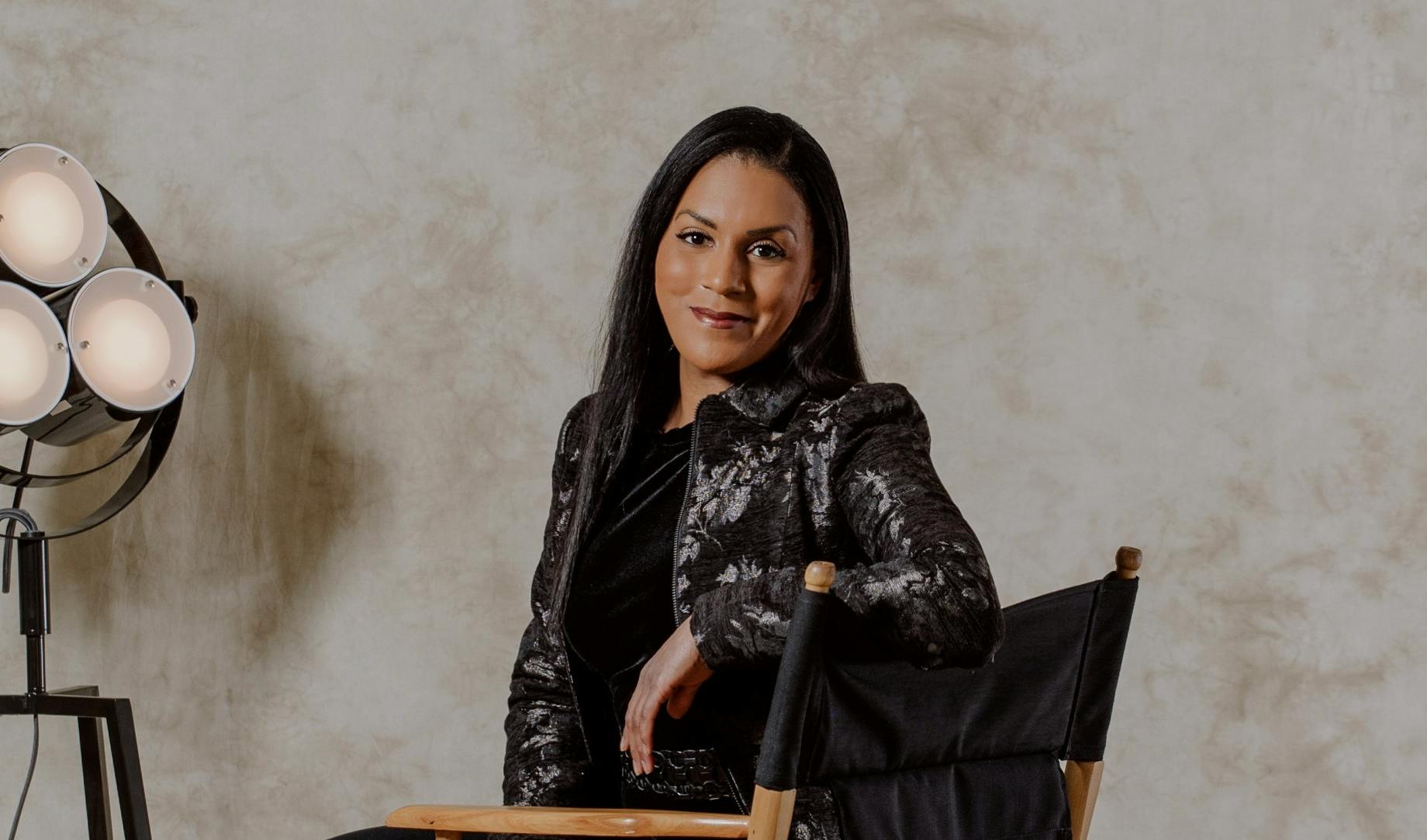
How to sit on a third-sector board | Ellen Ochoa, Chair of the National Science Board
Ellen is the Chair of the National Science Board and previously chaired the Nomination Evaluation Committee for the National Medal of Technology and Innovation. She is also a Board Director of Mutual of America, the Gordon and Betty Moore Foundation, and Service Corporation International, a public company. She served for 10 years on the Stanford University Board of Trustees and was on the board of the Federal Reserve Bank of Dallas.
Ellen Ochoa was the Director of NASA's Johnson Space Center from 2013 until she retired from federal service in 2018. She is an experienced astronaut, having served as a crew member on four space shuttle missions. As the first Hispanic female astronaut, Dr. Ochoa has given more than 300 presentations focusing on the importance of a science, technology, engineering and math education. She has six schools named after her, several books written about her for the K-8 grades, and has been profiled in textbooks and on websites geared toward encouraging females and minorities to pursue technical fields.
Why did you choose to pursue board and governance roles?
I was interested in being able to apply my leadership experience in arenas outside of NASA, I am always interested in continuing to learn, and I like to meet interesting and accomplished people. You certainly get the opportunity to do that on boards. I started going on boards while I was still full time at NASA, but once I retired, serving on boards is something that I could do without committing to a full-time job or needing to move to a particular city to live. So, it provided some flexibility as well.
What factors do you consider when deciding whether or not to accept a governance position?
It's interesting because when I first started thinking about boards, it seemed to me that the defining factor was going to be the industry the company was in. It turned out to [depend more on] the reputation of the company and of the management team. You realise very quickly that your own reputation is affected by anything newsworthy that is associated with the company. It’s really important for me to understand a little bit more about the CEO, to make sure that person has the qualities that I think are important in a leader – they have integrity, and they listen to and are concerned with multiple stakeholders. These things all affect the long-term success of the company and its reputation.
I also want to know why they want me, why they're interested in me. It's certainly fine if one of their goals is to diversify their board and they're looking at candidates from that point of view, but I like to make sure it's not just a check-the-box exercise. I want to hear what about my experience appeals to them, where they think I would fit and what I can add to the company. If they don't have a good answer for that, then I get concerned that they're not really looking at everything that I could bring to the board.
You are known for championing public-private partnerships that nurture innovation. What do you think are the most valuable outcomes that cross-sector collaborations can deliver for organisations, and how can boards work to encourage or facilitate those types of partnerships?
I've probably been most involved in those kinds of partnerships through my work at NASA and then as a member of the National Science Board. This is a big topic of conversation and is really growing. I think these kinds of partnerships are valuable because you can leverage resources from all the different partners - and by resources, I'm not necessarily talking about money, though that might be part of it. I’m talking about different types of expertise, or access to [for example] end-users of a technology, or to details of an application that you're trying to address. By doing partnerships, you're going to bring in a wider variety of people, which increases the ‘solution space’, or the ‘innovation space’, by getting people to come at it from different perspectives. That are a lot of different kinds of diversity – [not just] gender, racial, or ethnic. I think that is something that you can gain from these partnerships.
10 years ago, at Johnson Space Centre, we had a group working on robotics. We were specifically looking at humanoid robotics that might be an ‘astronaut assistant’, which could use the same kinds of equipment that astronauts use, but be trained to do tasks that were dull, dirty or dangerous - those things you'd like to maybe turn over to something else. Well, we actually formed a partnership with GM, because they were looking at humanoid robotics for potential use in their automotive factories. It was an investment that involved some funding, but [brought] the expertise of two groups of engineers together. They may have had different end goals, but [they were aligned across] the technology that they were looking at and [making sure it was] capable and safe around humans. A lot of times, the end goals can be different, but when the technology that you're trying to work on together has similarities, you can really benefit from people coming at it from a different angle.
As another example, after the pandemic started, the National Science Foundation quickly put together a public-private consortium called the High-Performance Computing Consortium. NSF funds supercomputers, primarily at universities, so they brought together the users of these computers from NSF, universities, industry, and federal laboratories. This consortium was formed so that they could essentially combine these resources to understand the pandemic, try to come up with solutions for it, and make that data available to a wider group of people. I think the mix of the groups that came together to say this is important, and we need to make sure that we are being part of the solution [created success] in that partnership.
Over the past year, issues of equity and social justice have become more prominent than ever in America and internationally. How have you been tackling those conversations at the board level? Do those conversations differ between for-profit and non-profit board roles?
We've had these conversations on all of my boards, whether corporate, foundation or government. There are different levers that you use, depending on which of those sectors you're looking at, but I think in every case a board needs to convey the importance of these topics to the organisation and request that management discusses how they're responding [to these issues]. In general, there are two basic responses: One is internal - what does this mean for the organisation in terms of responding to concerns from your employees? - and then there are the external – interactions with customers or grantees. I've seen a variety of actions from the different organisations that I'm involved in. Some have either established or expanded their employee resource groups, which are playing a bigger role or being championed in a way that's expanded from what they used to be. All of my organisations are looking at how they might change internal processes, and some are changing [for example] how and where they recruit and the types of training and development opportunities available for employees.
I became chair of the National Science Board right around the time that organisations started responding to the George Floyd incident. Even though we're a governing board that only meets periodically, we did decide to put out a statement on racism in science and engineering. We didn't want to just condemn that particular incident; within the statement, we committed to taking action, understanding that racism is in science and engineering just as it is in other sectors of society. We have followed up with a number of actions. We had a panel on the black experience in STEM in the United States. We've consciously talked about and given greater recognition to the role that the HBCUs (Historically Black Colleges and Universities) play in developing diverse domestic STEM talent. It’s interesting - HBCUs only enrol 9% of Black undergraduate students overall, but they produce anywhere from 17% to 30% of all undergraduate Black students that achieve STEM degrees. So, they really play an outsized role in developing that STEM talent. We thought that was something that we could bring greater attention to, and that attention can help bring funding and increase capability. Of course, the National Science Foundation has specific programmes with those universities, as well.
Your first governance role was over 10 years ago at Stanford. How have conversations at the board level changed over that time?
There's certainly more conversation [now] on diversity, equity and inclusion. We always at least talked about that a little bit, but I think there's a lot more action now - actual action, with set goals and accountability, [rather than] statements. That’s one change. I also see more focus on risk management, which is something that I can really contribute to because a lot of what I did at NASA was based on risk management. For corporate boards, there has been an evolving trend in broadening beyond thinking of shareholders as the only stakeholders that matter. I really believe that it’s ultimately in the shareholders’ best interests to consider the other stakeholders - employees, customers, vendors, your community - because it creates a more holistic view of what factors contribute to the success of the organisation, including the ability to attract talent.
What are the specific challenges and learnings of being a Chairperson, compared to a trustee or director?
When I was elected Chair of the National Science Board, the board had just completed a vision exercise and report about where the science and engineering enterprise in our country should be in 10 years. That made it straightforward to follow up on the recommendations in the report, knowing that I was working on priorities that the board as a whole had developed – not just me. As a chair, you need to operate in a consensus mode as much as possible, which isn't always easy. The National Science Board is a large board, and people are appointed by the President of the United States for six years; every two years, a third of the people roll-off. Sometimes two, often three, different presidential administrations are represented. We are supposed to be operating as a nonpartisan board, but you can imagine that there are people with a lot of different viewpoints.
There are absolutely items, however, that we all feel are important for strengthening the science and engineering enterprise. For example, in our vision report, we ended up with four main areas that we felt needed action going forward. One of them was delivering better benefits from research. The National Science Foundation funds fundamental research; a lot of it is curiosity-driven, but there's also always been use-inspired research. How do we make the connections so that what is developed in this research can be used in a way that helps people? How do we make it so other people can take up the results of the research and understand how it might be applied? How can the actual investigators, who may want to commercialise the results, become entrepreneurs? How can NSF better support that [beyond our existing programmes in that space]?
Another was developing diverse domestic STEM talent. We talked about expanding the geography and not just funding the large research colleges on the East and West coast, but developing STEM education and research across the country, including in rural areas and tribal colleges and universities. The other main area [from the report] was developing strong STEM talent across all levels of achievement - not just PhD researchers, but people without college degrees who may need STEM skills in a whole variety of fields because those industries are using more technology. Finally, we want to foster international collaboration.
When have you gotten it wrong, and what did you learn?
What it really comes down to is communication. No matter how many people you talk to or how much you think you're communicating, there will be people who think they should have been consulted or who felt their inputs weren't appropriately considered or were misrepresented. There probably wasn't a day when I was Center Director where I didn't come home and think, “Well, this conversation could have gone a little bit better”, or “I forgot to reach out to somebody about some topic” or “I should have thanked that person and instead I was just questioning them.” Those are the things that I have tried to be more conscious about. I think it really comes down to having the right intentions, being sincere about carrying them out and then realising that nobody's perfect - including yourself.
What is your advice to someone looking to become a chair in any sector? What would you say if you were sitting down with someone coming up the ranks?
It comes down to your interests and motivations. Whether you're on a board or you Chair a board, the role should be about serving the organisation and its stakeholders. It's not about you. So, [the organisation] needs to be something that you really care about and are interested in. It's probably obvious that it takes a lot more time to be Chair, but the reward is that you become more knowledgeable and more involved, and you have more ability to influence the organisation and the priorities of the board. You have to care about that.
Susan Boster is the Founder and CEO of Boster Group Ltd. an independent marketing consultancy that creates innovative brand partnerships for global corporations and cultural institutions to achieve business and social impact goals. Current and recent clients include BNP Paribas, Montblanc, Insight Investment, Moët Hennessy, AMEX, Gap Inc., Credit Suisse, Bacardi, EY and Disney. Boster Group shapes partnerships on the basis of shared values, untapped assets and complementary capabilities. Distinctly, Boster Group measures return on investment for its clients and is focused on the impact of the creative campaigns it develops. Previously a CMO for News International, Susan is currently on the boards of English National Ballet, Donmar Warehouse, The Representation Project, and serves on the Enterprise Committee at The Design Museum.






